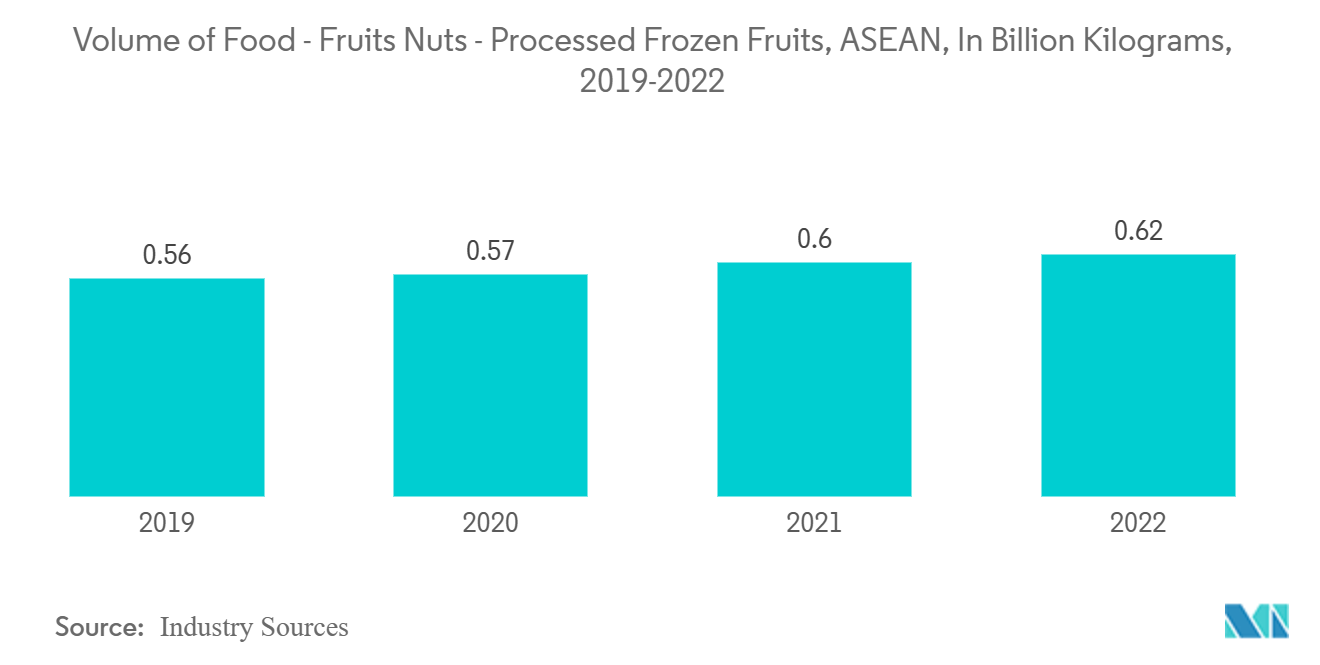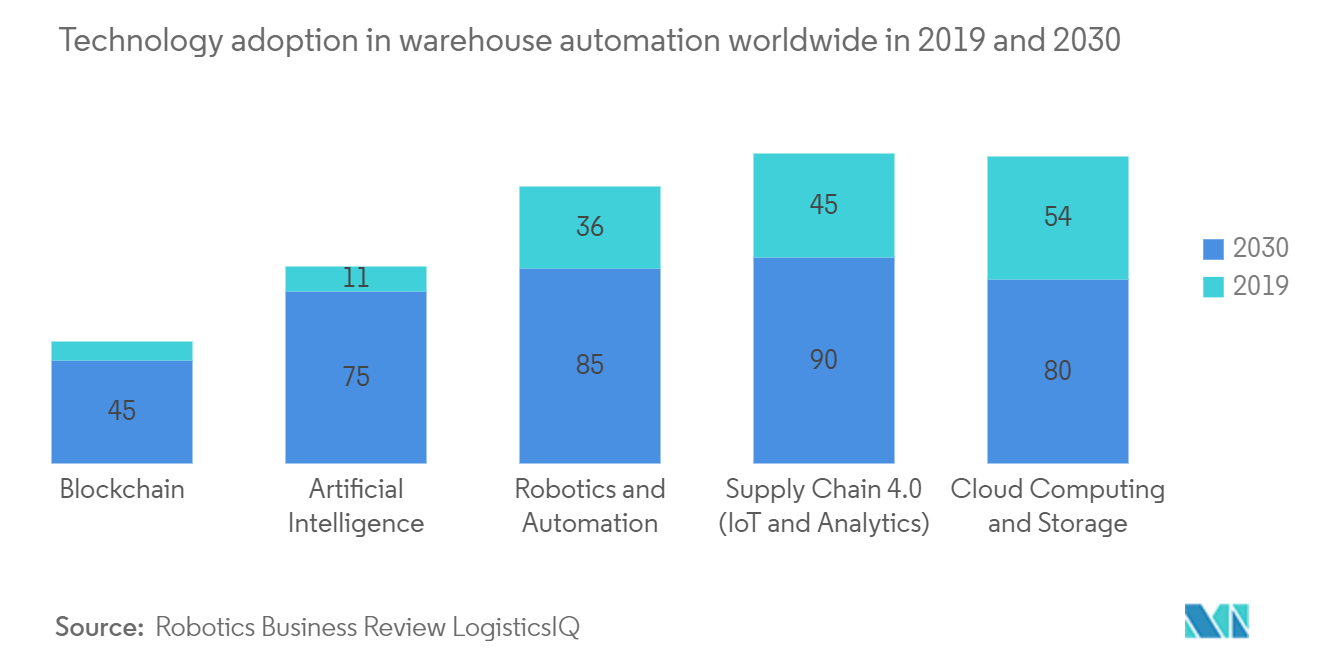Market Trends of ASEAN Agricultural Logistics Industry
Growing Cold Storage and Refrigerated Warehouses Market for Agriculture Sector
The need for cold storage warehouses has been rising quickly in the current environment due to rising Fast-Moving Consumer Goods (FMCG) and Agro sales. Cold chain systems often consist of multiple warehouses built to offer the best conditions for storing and transporting temperature-sensitive goods.
The best production values among these Southeast Asian countries are found in Malaysia, which has a substantial production apparatus in the poultry industry. This country consumes 50 kg of poultry meat per person per year, which is sufficient for both supply and demand. Thailand was both the largest exporter of chicken products and a considerable consumer, consuming 8 kg of poultry annually per resident, according to statistics from 2020. International agencies reported that beef production would rise by the end of 2021. This year, 58 million metric tonnes of beef would be produced, an increase of 1% from 2021. But meat consumption would increase.
To maintain the quality of goods like fresh produce, seafood, and frozen foods, cold chain logistics include the transportation of temperature-controlled products along a supply chain using refrigerated packaging options. The crucial links that cold chain solutions provide are essential to numerous export sectors. Since end-to-end cold chain security is the weak link in the system, businesses invest millions of dollars in their cold chain operations to develop effective, efficient, and dependable processes. A single flaw in the cold chain logistics system can result in massive losses of goods and money. Due to a rise in the need for agricultural products, there are more refrigerated warehouses around the world, which is helping to increase the statistics for the Asia-Pacific cold chain logistics.

Agriculture Supply Chain Management Using Blockchain Technology
New technologies are being used by businesses in the agriculture supply chain management market to maximize effectiveness and reduce transportation costs. One of these technologies is the use of blockchain. Blockchain is a distributed ledger system that may securely and irreversibly record participant transactions. By sharing' databases among numerous parties, intermediaries that served as reliable third parties to verify, record, and coordinate transactions are no longer necessary, thanks to blockchain technology. Furthermore, the pricey agricultural supply chain promises to benefit from blockchain by providing a trustworthy source of information about the status of farms, inventory, and agricultural contracts. Blockchain applications in logistics and supply chains can benefit the environment, the economy, and the energy sector.
Additionally, blockchain can save expenses by facilitating more flexible, automated, and error-free procedures. Therefore, the growing use of these cutting-edge technologies will enable more organized operations and is anticipated to fuel the expansion of the agriculture supply chain management market.


